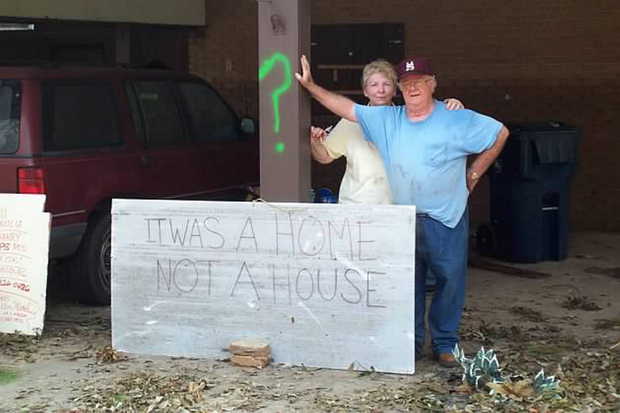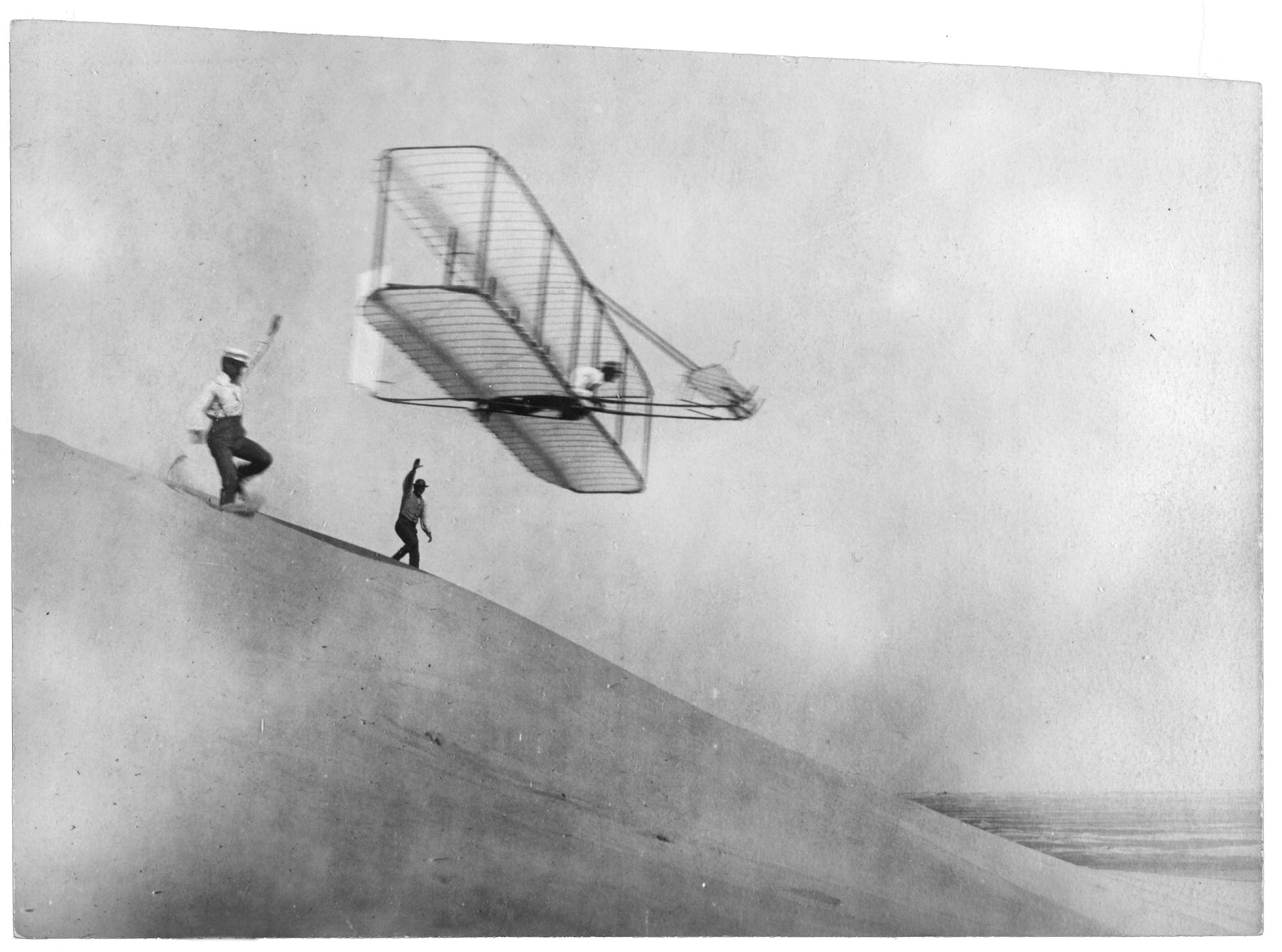How do you recover from failure, if at all? Two of my principles for innovating deal directly with the reality of failing:
If you’re trying to push for a better world, you will fail. The question is, how do you learn from it? At a personal level? As an organization? As a society?
Allan Savory gave a stunning talk earlier this month at TED where he described his personal quest to build success on top of a monumental failure he experienced relatively early in his life. Here’s an explanation of of that failure, in his own words:
When I was a young man, a young biologist in Africa, I was involved in setting aside marvelous areas as future national parks. Now no sooner — this was in the 1950s — and no sooner did we remove the hunting, drum-beating people to protect the animals, then the land began to deteriorate, as you see in this park that we formed. Now, no livestock were involved, but suspecting that we had too many elephants now, I did the research and I proved we had too many, and I recommended that we would have to reduce their numbers and bring them down to a level that the land could sustain.
Now, that was a terrible decision for me to have to make, and it was political dynamite, frankly. So our government formed a team of experts to evaluate my research. They did. They agreed with me, and over the following years, we shot 40,000 elephants to try to stop the damage. And it got worse, not better.
Loving elephants as I do, that was the saddest and greatest blunder of my life, and I will carry that to my grave. One good thing did come out of it. It made me absolutely determined to devote my life to finding solutions.
I’ll leave it to you to listen to the way that Allan Savory learned from his failure and created long-term success from what he learned.
I can see several of my principles for innovating at work in Savory’s work. First, he is a keen observer of landscapes through time. He learns by doing, and finds inspiration in facts experienced in the first person. That is Principle One at work.
Second, he understands that you can learn your biggest life lessons when things go horribly wrong. This is Raney’s Corollary at work, that you only learn when things start breaking. Avoiding failure at all costs leads to paralysis and nothing ever ventured, but ignoring failures when they happen leads to self-deception and ventures attenuated. You’ll never really reach remarkable if you ignore negative data flowing your way — listening to negative feedback is what gives you the basis for a smart pivot. As you can hear above, Savory has fully embraced the hard lessons of a decisions which resulted in the needless destruction of thousands of elephants. He now uses the wisdom gained to drive his quest to find out the root causal mechanisms behind desertification.
Third, Savory’s story is that of an innovator who understands the power of going back to first principles. As any physicist or mathematician knows, when you go back and look — really look — at the immutable contraints and rivers behind a situation, you are apt to make connections about true causality which are impossible to reach for folks dealing only at a symptomatic layer of information. Being able to step back and look deeply at a situation in order to perceive its essence is a core talent of great innovators. And it can be cultivated, I believe. It’s what kids do quite naturally. A return to beginner’s mind is what helped Allan Savory create this remarkable process innovation, which I hope will save not just many elephants through time, but entire ecosystems.


